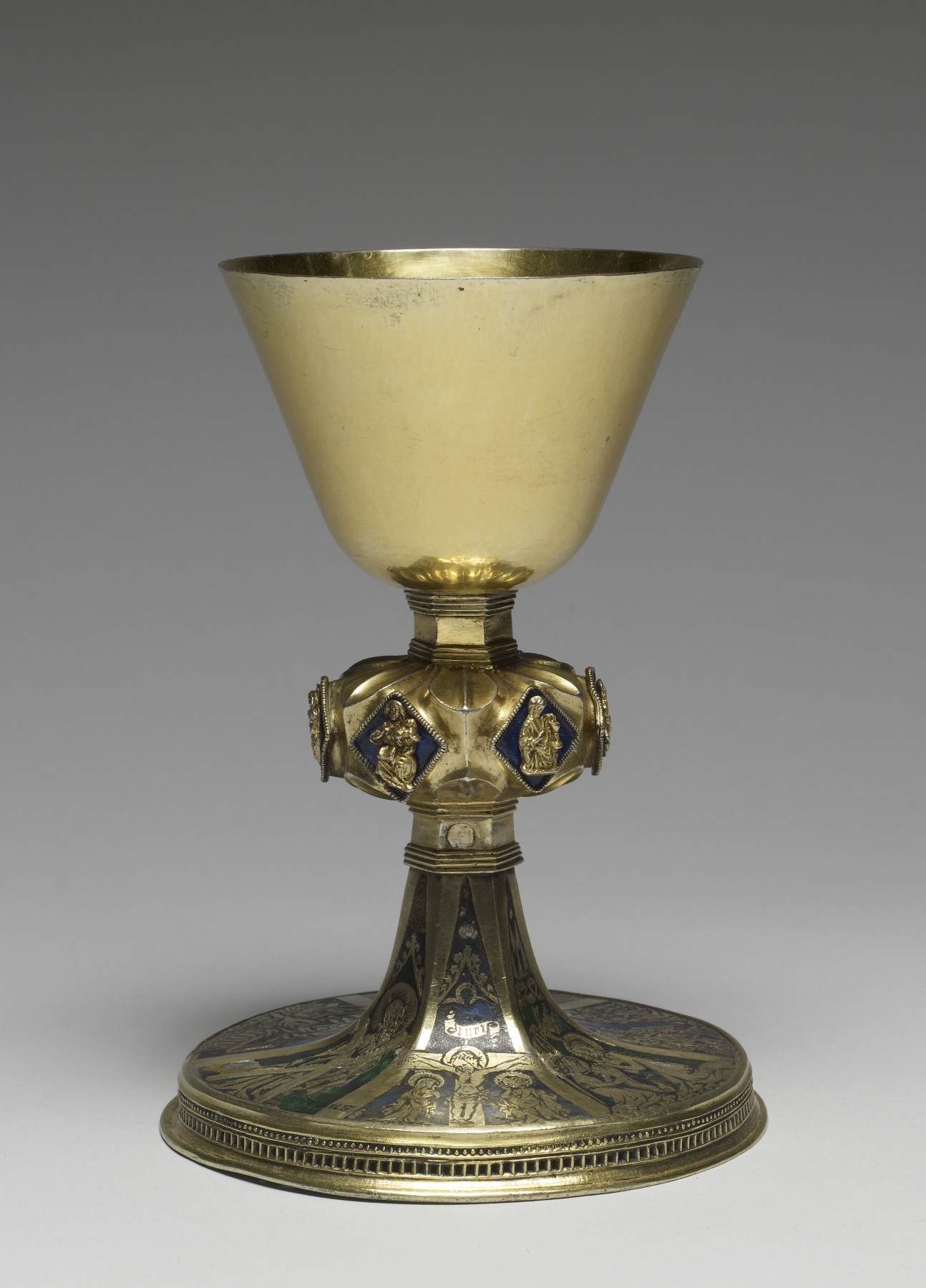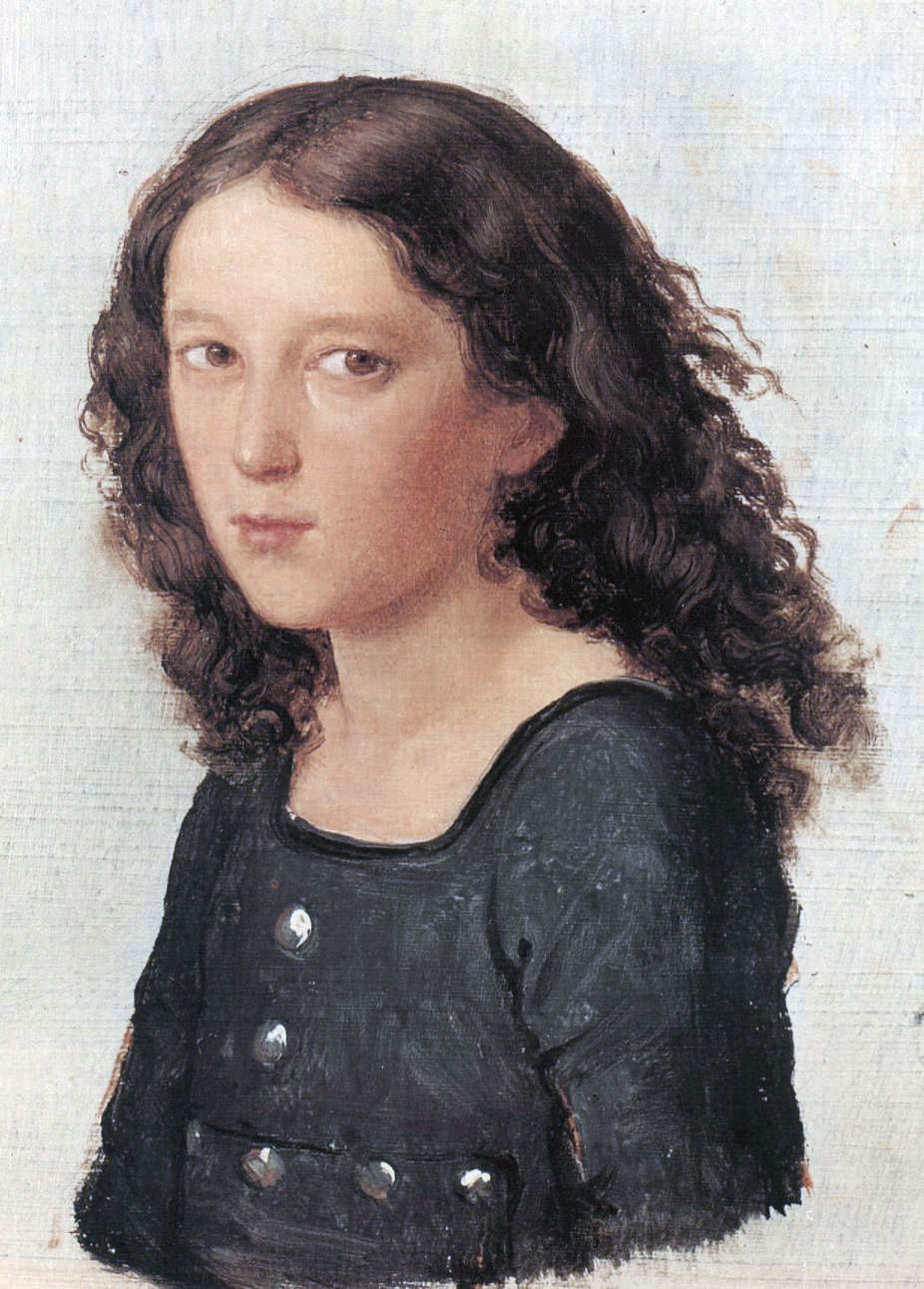|
St. Michaelis, Hamburg
St. Michael's Church (), colloquially called Michel (), is one of Hamburg's five Lutheranism, Lutheran main churches (''Hauptkirchen'') and one of the most famous church (building), churches in the city. St. Michaelis is a landmark of the city and it is considered to be one of the finest Hanseatic Protestant baroque churches. The church was purposely built Protestant unlike many other Hamburg churches which were originally built by Roman Catholics and were converted to Protestantism during the Reformation. It is dedicated to the Michael (archangel), Archangel Michael. A large bronze statue, standing above the wiktionary:portal, portal of the church shows the archangel conquering the devil. The 132-metre high Baroque spire totally covered with copper is a prominent feature of Hamburg's skyline and has always been a landfall mark for ships sailing up the river Elbe. History The present church building is the third one at this site. The first one was built from 1647 to 1669. It bec ... [...More Info...] [...Related Items...] OR: [Wikipedia] [Google] [Baidu] |
Port Of Hamburg
The Port of Hamburg (, ) is a seaport on the river Elbe in Hamburg, Germany, from its mouth on the North Sea. Known as Germany's "Gateway to the World" (), it is the country's largest seaport by volume. In terms of TEU throughput, Hamburg is the third-busiest port in Europe (after Rotterdam and Antwerp) and 15th-largest worldwide. In 2014, 9.73 million TEUs (20-foot standard container equivalents) were handled in Hamburg. The port covers an area of (64.80 km2 usable), of which 43.31 km2 (34.12 km2) are land areas. The branching Elbe creates an ideal place for a port complex with warehousing and transshipment facilities. The extensive free port was established when Hamburg joined the German Customs Union. It enabled duty-free storing of imported goods and also importing of materials which were processed, re-packaged, used in manufacturing and then re-exported without incurring customs duties. The free port was abandoned in 2013. History The port ... [...More Info...] [...Related Items...] OR: [Wikipedia] [Google] [Baidu] |
Neustadt, Hamburg
Neustadt (; ) is one of the inner-city districts of the Free and Hanseatic City of Hamburg, Germany. History By 1529, Hamburg was firmly anchored in Lutheran Reformation and had successfully managed to divert its trade away from the Baltic to more dynamic markets along the Atlantic. Hamburg's economy boomed, between 1526 and 1551 the state budget tripled, and the Hanseatic city had become a major trade and capital market. Meanwhile, persecution of Protestants in the Low Countries, other parts of Germany, Portugal, Spain and various other parts of Europe caused an immense influx of religious refugees into Hamburg. Between 1500 and 1600, the population of Hamburg tripled to 40,000, surpassing Lübeck as largest German port city. In advance of the Thirty Years' War (1618–1648), the Hamburg Senate commissioned Dutch military engineer Johan van Valckenburgh to strengthen the city's defenses. The new Hamburg Ramparts (''Wallanlagen'') were also meant to meet demand for additio ... [...More Info...] [...Related Items...] OR: [Wikipedia] [Google] [Baidu] |
Chalice
A chalice (from Latin 'cup', taken from the Ancient Greek () 'cup') is a drinking cup raised on a stem with a foot or base. Although it is a technical archaeological term, in modern parlance the word is now used almost exclusively for the cups used in Christian liturgy as part of a service of the Eucharist, such as a Catholic mass. These are normally made of metal, but neither the shape nor the material is a requirement. Most have no handles, and in recent centuries the cup at the top has usually been a simple flared shape. Historically, the same shape was used for elite secular vessels, and many individual examples have served both secular and liturgical uses over their history, for example the Lacock Cup and Royal Gold Cup, both late medieval cups. Cups owned by churches were much more likely to survive, as secular drinkware in precious metal was usually melted down when it fell out of fashion. The same general cup shape is also called a goblet (from Old French , di ... [...More Info...] [...Related Items...] OR: [Wikipedia] [Google] [Baidu] |
Otto Lessing (sculptor)
Otto Lessing (24 February 1846 – 22 November 1912) was a prominent German Historicist (art), Historicist sculptor whose work largely shaped the appearance of Berlin in the late 19th and early 20th centuries. He was the son of history and landscape painter Carl Friedrich Lessing and the great great nephew of poet Gotthold Ephraim Lessing.Jörg Kuhn: ''Otto Lessing 1846–1912'' (Berlin: Freie Universität, 1994Online summary Lessing created sculpture and decorative architectural elements on the façades and interiors of many important buildings in Germany, such as the Reichstag (building), Reichstag, Berlin Cathedral and the Reichsgericht (Supreme Court) in Leipzig. In addition to large public contracts, he also designed commercial buildings and residential villas. At the height of his career in 1911, Lessing was appointed to the Senate of the Prussian Academy of Arts and awarded the Pour le Mérite in Science and Arts (), Germany's highest civilian decoration. [...More Info...] [...Related Items...] OR: [Wikipedia] [Google] [Baidu] |
Marble
Marble is a metamorphic rock consisting of carbonate minerals (most commonly calcite (CaCO3) or Dolomite (mineral), dolomite (CaMg(CO3)2) that have recrystallized under the influence of heat and pressure. It has a crystalline texture, and is typically not Foliation (geology), foliated (Layered intrusion, layered), although there are exceptions. In geology, the term ''marble'' refers to metamorphosed limestone, but its use in stonemasonry more broadly encompasses unmetamorphosed limestone. The extraction of marble is performed by quarrying. Marble production is dominated by four countries: China, Italy, India and Spain, which account for almost half of world production of marble and decorative stone. Because of its high hardness and strong wear resistance, and because it will not be deformed by temperature, marble is often used in Marble sculpture, sculpture and construction. Etymology The word "marble" derives from the Ancient Greek (), from (), "crystalline rock, shin ... [...More Info...] [...Related Items...] OR: [Wikipedia] [Google] [Baidu] |
Pulpit
A pulpit is a raised stand for preachers in a Christian church. The origin of the word is the Latin ''pulpitum'' (platform or staging). The traditional pulpit is raised well above the surrounding floor for audibility and visibility, accessed by steps, with sides coming to about waist height. From the late Middle Ages, late medieval period onwards, pulpits have often had a canopy known as the sounding board, ''tester'' or ''abat-voix'' above and sometimes also behind the speaker, normally in wood. Though sometimes highly decorated, this is not purely decorative, but can have a useful acoustic effect in projecting the preacher's voice to the Church (congregation), congregation below, especially prior to the invention of modern audio equipment. Most pulpits have one or more book-stands for the preacher to rest his bible, notes or texts upon. The pulpit is generally reserved for clergy. This is mandated in the regulations of the Catholic Church, and several others (though not a ... [...More Info...] [...Related Items...] OR: [Wikipedia] [Google] [Baidu] |
Felix Mendelssohn Bartholdy
Jakob Ludwig Felix Mendelssohn Bartholdy (3 February 18094 November 1847), widely known as Felix Mendelssohn, was a German composer, pianist, organist and conductor of the early Romantic period. Mendelssohn's compositions include symphonies, concertos, piano music, organ music and chamber music. His best-known works include the overture and incidental music for ''A Midsummer Night's Dream'' (which includes his " Wedding March"), the '' Italian'' and '' Scottish'' Symphonies, the oratorios '' St. Paul'' and ''Elijah'', the ''The Hebrides (overture), Hebrides'' Overture, the mature Violin Concerto (Mendelssohn), Violin Concerto, the Octet (Mendelssohn), String Octet, and the melody used in the Christmas carol "Hark! The Herald Angels Sing". Mendelssohn's ''Songs Without Words'' are his most famous solo piano compositions. Mendelssohn's grandfather was the Jewish philosopher Moses Mendelssohn, but Felix was initially raised without religion until he was baptised aged seven int ... [...More Info...] [...Related Items...] OR: [Wikipedia] [Google] [Baidu] |
Marcussen & Søn
Marcussen & Søn, also known as Marcussen and previously as Marcussen & Reuter, is a Denmark, Danish firm of pipe organ builders. They were one of the first firms to go back to classical organ-building techniques, and have been producing tracker action, mechanical-action organs since 1930. Aside from their many instruments in Denmark, they have built organs in northern Germany, Sweden, Finland, the Netherlands, Great Britain, South Africa, Japan, and the United States. History Jürgen Marcussen (1781–1860) founded the organ-building company in 1806. They used the name Marcussen & Reuter from 1826 to 1848, when the name became Marcussen & Søn after the founder's son, Jürgen Andreas Marcussen, joined the firm. The company has been based in a house in the small town of Åbenrå, in southern Jutland, since 1830. Several organs built in Scandinavia and North Germany in their first decades are still in use today, the oldest dating from 1820. Johannes Lassen Zachariassen (1864–1 ... [...More Info...] [...Related Items...] OR: [Wikipedia] [Google] [Baidu] |
Hamburg 0456
Hamburg (, ; ), officially the Free and Hanseatic City of Hamburg,. is the second-largest city in Germany after Berlin and 7th-largest in the European Union with a population of over 1.9 million. The Hamburg Metropolitan Region has a population of over 5.1 million and is the eighth-largest metropolitan region by GDP in the European Union. At the southern tip of the Jutland Peninsula, Hamburg stands on the branching River Elbe at the head of a estuary to the North Sea, on the mouth of the Alster and Bille. Hamburg is one of Germany's three city-states alongside Berlin and Bremen, and is surrounded by Schleswig-Holstein to the north and Lower Saxony to the south. The Port of Hamburg is Germany's largest and Europe's third-largest, after Rotterdam and Antwerp. The local dialect is a variant of Low Saxon. The official name reflects Hamburg's history as a member of the medieval Hanseatic League and a free imperial city of the Holy Roman Empire. Before the 1871 unifica ... [...More Info...] [...Related Items...] OR: [Wikipedia] [Google] [Baidu] |








